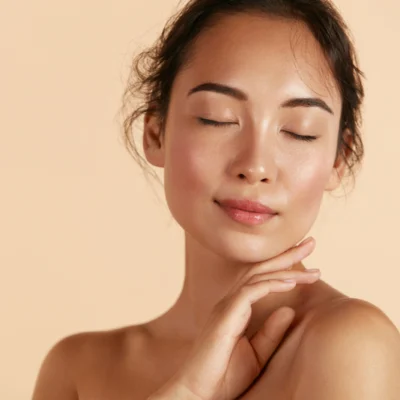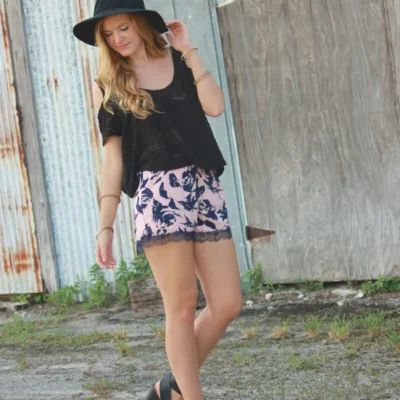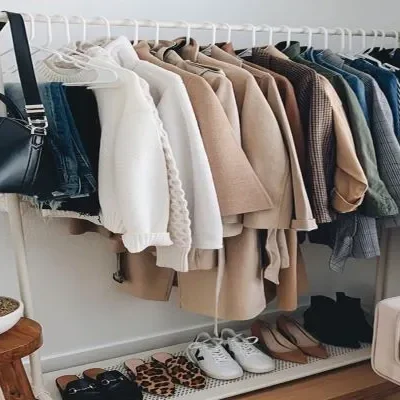Hairstyles have always been an essential aspect of fashion. They are an extension of our personal style and can make or break a look. From simple ponytails to intricate updos, hairstyles can completely change a person’s appearance and enhance their overall style. In this article, we will explore the importance of hairstyles in fashion and how they can influence trends and reflect cultural norms.
Major Highlights
- Hairstyles have always been an essential aspect of fashion, reflecting cultural norms, making a fashion statement, and influencing trends.
- Hairstyles have been used throughout history to signify social status, cultural traditions, and values.
- Hairstyles can be used to create a signature look for a designer, model, or celebrity, and they can reflect the overall fashion trend of a particular era.
- Hairstyles are a crucial aspect of fashion shows and editorial shoots, where they are carefully chosen to complement the designer’s collection and enhance the overall presentation of the show or shoot.
- Hairstyles can make or break a look, and they are an important extension of personal style.
- It’s essential to pay attention to our hair and choose hairstyles that reflect our personality and style.
- In conclusion, hairstyles play a significant role in fashion, and they are an integral aspect of our overall appearance and style.
- Hairstyles can be used to express personality, mood, and creativity, and they can also affect our self-confidence and self-image.
- Hairstyles can reflect societal and cultural changes, such as the shift towards more inclusive and diverse representations of beauty and style.
- Haircare and hairstyling industries are significant contributors to the global economy, generating employment opportunities and revenues.
- Hairstyles can also have practical purposes, such as protecting hair from environmental factors, keeping it out of the face during physical activities, or facilitating hair management for busy lifestyles.
- Hairstyles can be adapted to suit different occasions, such as formal events, casual outings, or professional settings, allowing for versatility and adaptability in personal style.
- Hairstyles can have a global impact, with popular hairstyles and trends transcending cultural and geographical boundaries, and influencing beauty and fashion trends worldwide.
- Overall, hairstyles are an important aspect of fashion that reflects our individuality, cultural heritage, and personal style, and they play a vital role in shaping the beauty and fashion industry.
Also read: 10 Natural Home Remedies for Glowing Skin: Tips for a Healthy and Beautiful Complexion
Reflecting Cultural Norms
Throughout history, hairstyles have reflected cultural norms and traditions. In ancient times, hairstyles were often used to signify social status, and specific haircuts were reserved for nobility or religious figures. In more recent times, the afro hairstyle became a symbol of Black power and pride during the civil rights movement in the 1960s.
Hairstyles can also reflect cultural traditions and values. For example, the intricate braids and buns worn by women in various African countries are not just for aesthetic purposes but also signify different aspects of their culture, such as their marital status, religion, or social class.
Making a Fashion Statement
Hairstyles can also be used to make a fashion statement. From celebrities to fashion designers, people have used their hair as a way to express their individuality and style. In the 1990s, Jennifer Aniston’s iconic “Rachel” haircut on Friends became a popular hairstyle trend that many women copied.
Hairstyles can also be used to create a signature look. For instance, designer Karl Lagerfeld was known for his signature white hair pulled back into a ponytail, while supermodel Naomi Campbell is recognized for her sleek, straight hair.
Trends and Fashion Shows
Hairstyles play a significant role in fashion trends and shows. Runway models’ hairstyles are carefully chosen to complement the designer’s collection, and hair stylists often work closely with fashion designers to create unique looks that enhance the overall presentation of the show.
Hairstyles can also reflect the overall fashion trend of a particular era. For example, the beehive hairstyle in the 1960s was a reflection of the mod fashion trend, while the tousled and messy hairstyles of the 2000s reflected a more relaxed and laid-back style.
FAQ
A: Hairstyles have been an essential aspect of fashion for centuries. They have been used to signify social status, cultural traditions, and values throughout history, and have evolved to reflect changes in societal norms and fashion trends. From the elaborate wigs of the 18th century to the afros of the civil rights movement and the modern-day braids and buns of various African cultures, hairstyles have always been a reflection of culture and fashion.
A: Hairstyles can influence fashion trends in various ways. Runway models’ hairstyles are carefully chosen to complement the designer’s collection, and hair stylists often work closely with fashion designers to create unique looks that enhance the overall presentation of the show. Popular celebrity hairstyles or hairstyles featured in movies, TV shows, and music videos can also inspire fashion trends, as people seek to emulate their favorite stars’ looks. Additionally, hairstyles can reflect the overall fashion trend of a particular era, such as the beehive hairstyle in the 1960s or the tousled and messy hairstyles of the 2000s.
A: Hairstyles can reflect cultural norms and values in various ways. In some cultures, specific haircuts or styles are reserved for certain social classes, religious figures, or marital status. For example, in some African cultures, the elaborate braids and buns worn by women signify different aspects of their culture, such as their marital status, religion, or social class. Additionally, hairstyles can reflect cultural traditions and values, such as the afro hairstyle, which became a symbol of Black power and pride during the civil rights movement in the 1960s.
A: Choosing a hairstyle that suits you depends on various factors, such as your face shape, hair texture, lifestyle, and personal style. Consulting with a professional hair stylist can help you determine which hairstyles would work best for you, based on your individual features and preferences. Additionally, researching different hairstyles online, in magazines, or on social media can give you inspiration and ideas for your next hairstyle. Ultimately, choosing a hairstyle that makes you feel confident and comfortable is the most important factor.
Final Thoughts
In conclusion, hairstyles are an essential aspect of fashion. They reflect cultural norms, make a fashion statement, and influence trends. From simple and classic to bold and daring, hairstyles have the power to enhance our overall appearance and reflect our personal style. As such, it’s essential to pay attention to our hair and choose hairstyles that reflect our personality and style.





